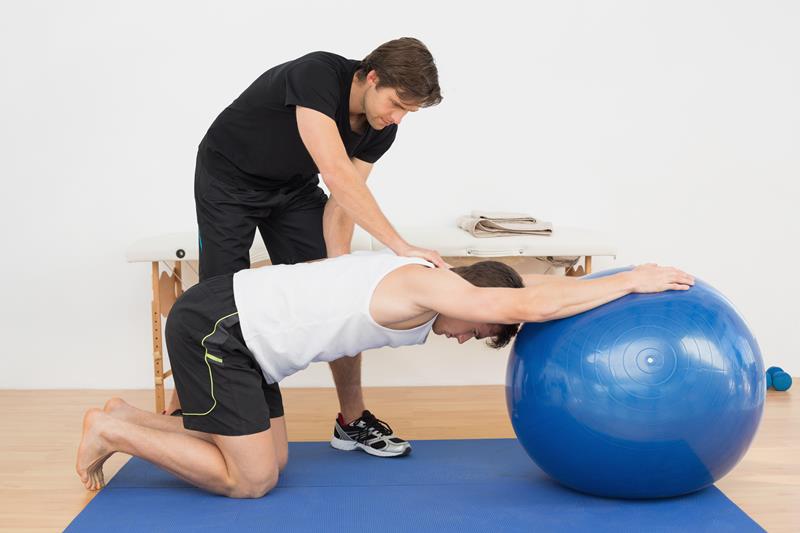Recovering from surgery often requires a focused effort to regain physical function and mobility. Sports medicine plays a valuable role in guiding this process, offering specialized care that targets both short-term healing and long-term strength. Although often associated with athletes, this field provides tailored support for individuals of all activity levels. By addressing specific needs, these professionals help patients rebuild their lives after surgery.
When Should Rehab Begin Post-Surgery?
Rehabilitation typically starts soon after surgery to help reduce the risk of complications such as joint stiffness or muscle weakening. Therapists often begin by introducing gentle movements aimed at maintaining flexibility and circulation. These early exercises require minimal effort but are foundational for a smooth recovery.
As patients progress, more focused activities are introduced to further build strength and restore motion. This shift often includes controlled, progressive exercises designed to match the patient’s ability and surgical goals. The timing and intensity of rehabilitation depend on the surgeon’s recommendations and the body’s readiness. By using a gradual approach, recovery can remain steady and effective.
What Techniques Do Specialists Use?
Sports medicine professionals use various techniques to enhance physical function and assist recovery after injuries. These methods are tailored to each individual’s needs and rehabilitation goals, combining traditional and advanced approaches for the best outcomes.
- Physical Therapy: The foundation of recovery, focusing on targeted exercises to restore strength, improve range of motion, and prevent further strain. Tools like resistance bands, balance boards, and light weights are commonly used at different recovery stages.
- Manual Therapy: A hands-on approach to alleviate discomfort and restricted movement. Techniques include joint mobilization and soft tissue manipulation to improve blood flow and reduce tension.
- Advanced Modalities: Cutting-edge options like ultrasound therapy or electrical stimulation can speed up healing and assist in pain management. These are typically used as complementary treatments during rehabilitation.
By combining these techniques, sports medicine professionals create personalized recovery plans that promote healing, restore function, and help individuals return to their activities safely and effectively..
Is Sports Medicine Only for Athletes?
While it may sound specific to athletes, its principles are beneficial for anyone seeking effective recovery from surgery. Specialists work with individuals from different backgrounds, customizing their approach to align with each person’s lifestyle and functional needs. Non-athletes often focus on regaining abilities necessary for daily activities. For instance, rehabilitation may address walking after hip surgery or regaining upper-body strength after shoulder procedures. This adaptability makes sports medicine an accessible option for anyone navigating the challenges of post-surgical recovery. By focusing on functional improvement, specialists help patients rebuild confidence in their physical abilities.
Visit a Sports Medicine Provider
Recovering from surgery marks an opportunity to rebuild strength, mobility, and independence. Sports medicine professionals deliver personalized care designed to meet your unique needs and goals. Whether you’re looking to restore everyday mobility or return to high-level physical activity, this support can provide a clear roadmap for recovery. Through expert guidance and practical tools, they can help you take meaningful steps toward recovery. Schedule a consultation to explore how their expertise can enhance your rehabilitation plan.


Leave a Reply